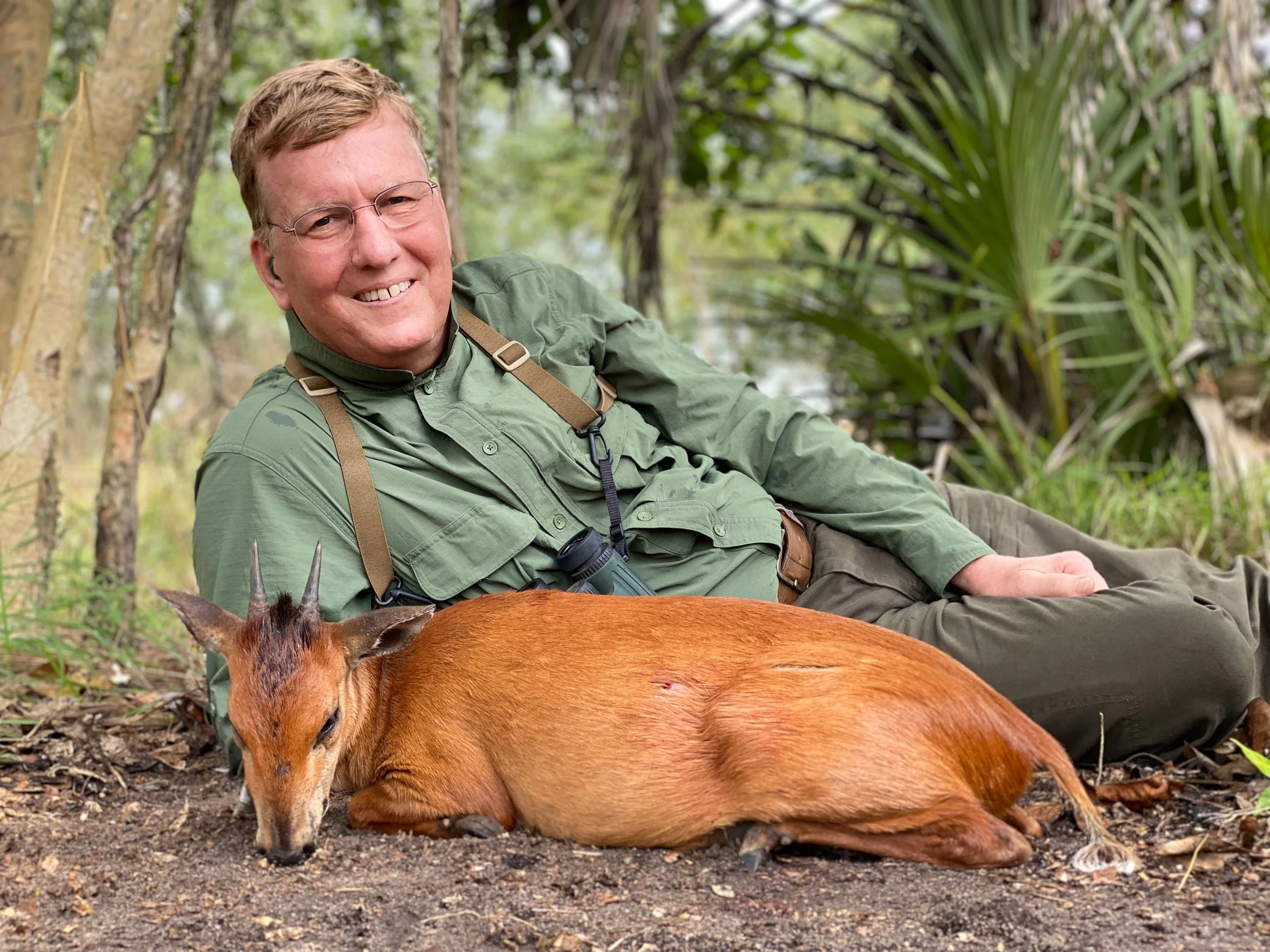A Sabbath Year: An Unexpected Consequence from COVID - Part 3
Medals, medals, and more medals?
O.K. so I need the reader to keep in mind that I am trying to make a point here. That being, the Sabbatical year forced on Outfitters and Professional Hunters not only in Africa but in places like Canada, Europe and Australia resulted in larger-than-average trophies within those regions when they reopened. If this hypothesis reflects accurately the outcome of subsequent years, then we can draw two conclusions. First, evolution works. Second, it might be worthwhile to reexamine management strategies in hunting concessions like Coutada 11.
Truly, I love big trophies. However, it is just as true that my greatest trophy to date is a doe whitetail taken when I was five, hunting with my Dad. It was my first big game animal and it represented my entering into the fellowship of hunting. So, trust me when I say that where my trophies place in the record books, though of interest to me, has never come close to the thrill of the hunt itself. If ‘records’ do ever start to mean more than the hunt, I hope I’ll shoot myself in the foot and hobble on home. Yet, one of the best metrics for testing the hypothesis that a Time Out produced larger-than-average trophy animals in Coutada 11, and by extension around the Globe, is to ask how my animals taken on two, 2021 Safaris fared in the premier record book, that of Safari Club International.
From a Safari Club International Record Book standpoint, there are two indicators to judge trophies, whether they have the measurements to earn an SCI ‘Medal’ and where they place relative to all other individuals recorded for that species. Like the Olympics, Medals come in three classes – Gold, Silver and Bronze – but unlike the Olympic Awards the three do not indicate first, second and third place finishes. Instead, the color of the medal reflects whether a trophy reached a minimum score based on length and thickness of horn, skull size or whatever other measurements are appropriate for a particular species. The second way to tell how large a trophy might be is to look at the Overall Ranking relative to every other individual of that species listed in the SCI Record Book. Was the trophy in the top 100 all-time scores, and earned a Gold medal? Or, was the animal too small to earn a medal of any color and fell in the lower ranges of all the scores for that game animal? One other factor to consider is the total number of record book entries. Back when I ran in races, placing meant quite a bit more if I was competing against 20, rather than two, other runners.
Where did my nine trophies from 2021 ‘place’? The answer is impressive. All nine earned medals; four Gold, three Silver and two Bronze. Seven of the nine animals placed in the Top 100, four of nine in the Top 50, two in the Top 25 and one in the Top 20 scores recorded by SCI. Maybe the most impressive statistic, however, is when we consider the actual placements compared to how many other animals my trophies are ‘running’ against. Bear with me: Blue Duiker = #32 of 653, Red Duiker = #16 of 550, Oribi = #54 of 245, Bushbuck = #22 of 1230, Suni = #26 of 381, Waterbuck = #58 of 2575, Nyala = #88 of 2602, Sable = #140 of 1806 and Warthog = #170 of 2955 entries. Though there are various sizes that have several animals with the same measurements, these numbers speak for themselves. My trophies taken in Coutada 11 after a forced Sabbath Year were very large indeed. To quote my PH, Dylan Holmes, after he measured my Bushbuck ram, “I have taken three bushbucks of this size in 25 years of guiding clients.” He said the same thing about my Red Duiker ram. The same is true of several of the trophy animals my PHs led me to. Not just amazing, but once-in-a-lifetime-finds, or maybe better expressed, once-after-a-Sabbatical-break-finds.
Sabbatical Years as a Conservation and Management Tool?
Is it possible to allow a Hunting Concession to ‘lay fallow’ for a year as God commanded the Israelites to do with their agricultural land every seven years? The simple answer is ‘no’. Outfitters and Professional Hunters can no more afford to go a year without pay than can anyone else. That is what happened in 2020 for many in the hunting business, and other professions for that matter. In hunting concessions this meant limited anti-poaching efforts and the loss of wildlife through the return of snares and gin traps.
“Please, no more country closures!” is the cry from all sectors of society across the world, but nowhere is this more felt than in the hunting/conservation arena. If Coutada 11 and the other hunting concessions throughout Africa are to resist the Poacher’s decimating work, funds must come in from international hunters. Period. Yet, seeing the quality of trophies taken by other hunters and myself in Coutada 11 during the 2021 season, I began to wonder if partial Sabbatical breaks might be possible? Could Sable Antelopes, for example, remain unhunted one year out of 10, with the amount of revenue lost from trophy fees etc collected from donors who appreciated the dividends in conservation and trophy management? Maybe the next year Waterbucks have the year off? And so forth on a rotating schedule. Maybe this is an unsustainable model. I don’t know. But I wonder if it doesn’t merit some thought.
A Big Red Duiker

